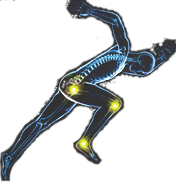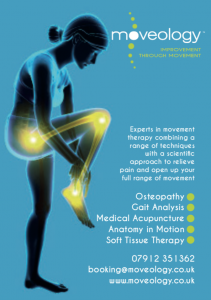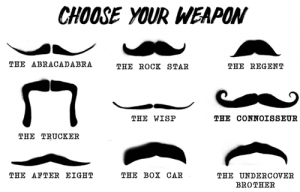Believe us when we say that we don’t want to add anymore panic to the current hysteria associated with the Coronavirus, but we thought it our duty as healthcare providers to send this to you.
In our clinics we see a variety of patients from teenagers to the elderly, including patients with low immune system function due to health conditions or current medications and those with poor respiratory health. As such we ask all patients to show a duty of care to themselves and others and refrain from visiting our clinics should they:
Have visited a high risk area in the two weeks before visiting us.
Suffer any flu like symptoms, including fever, coughing and shortness of breath.
Should you fall into either category, we kindly ask you to get in touch to reschedule your appointment through email via our website or by phone.
To put your minds at ease, here are a few things we are enforcing in our clinics to minimise risk and reinforce our proactive efforts given current concerns;
A thorough sanitising of the couch, surfaces, card machine and door handle occurs at every clinic between each patient.
It goes without saying that all practitioners are washing their hands in between appointments as usual.
Should you have any concerns and for up to date information please visit:
www.gov.uk/guidance/coronavirus-covid-19-information-for-the-public
www.nhs.uk/conditions/coronavirus-covid-19/
We hope this has helped to assure you that we are doing all we can to try and reduce the risks
caused by the Coronavirus.
Stay Healthy, Keep washing your Hands and let’s hope this will all pass over sooner rather than later.
Many thanks
The team at Moveology.
moveology.co.uk
St Albans Clinic – 01727 856869. Swindon Clinic – 07912 351362
Many thanks to Bodymechanix







